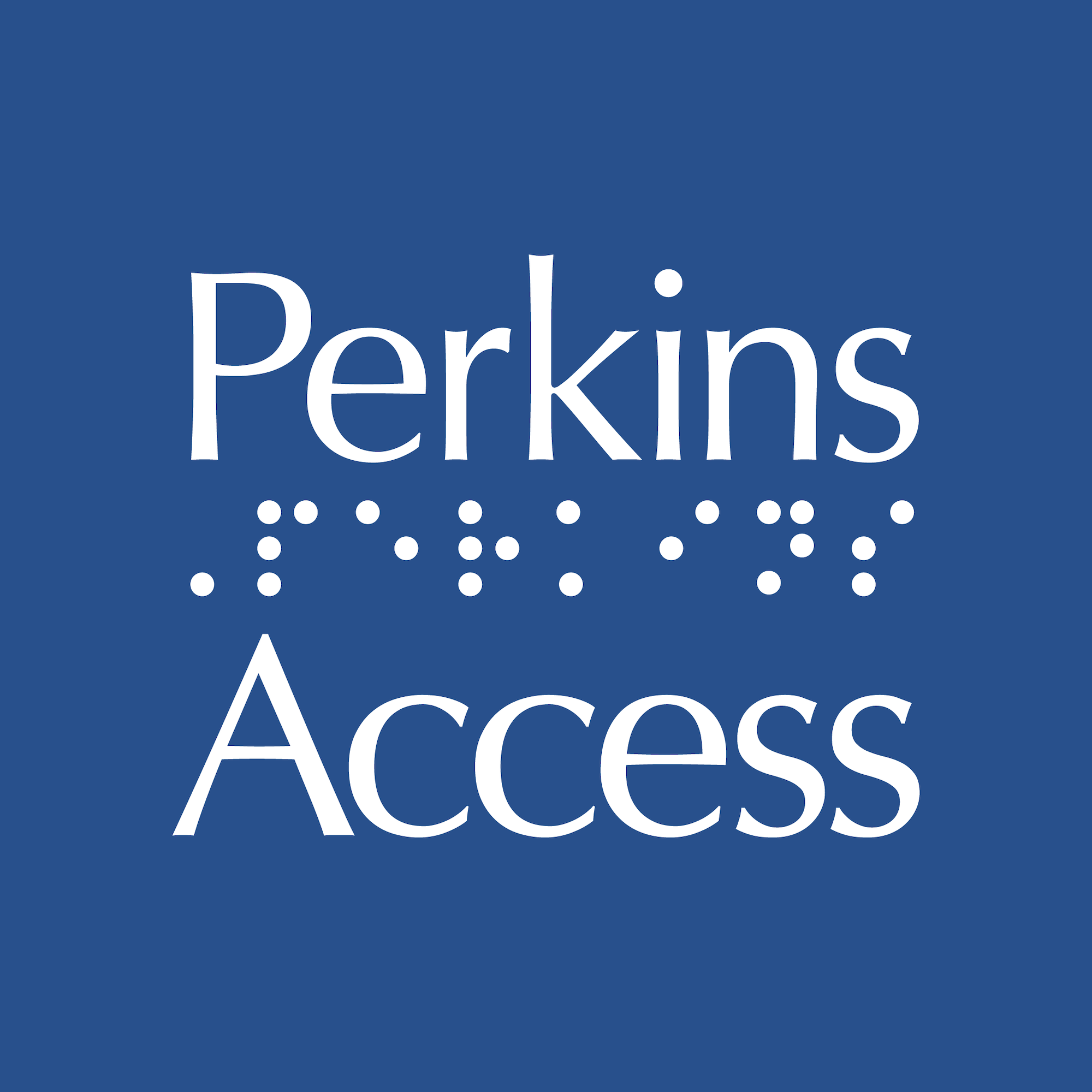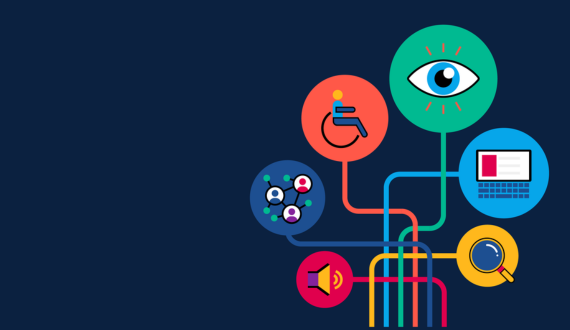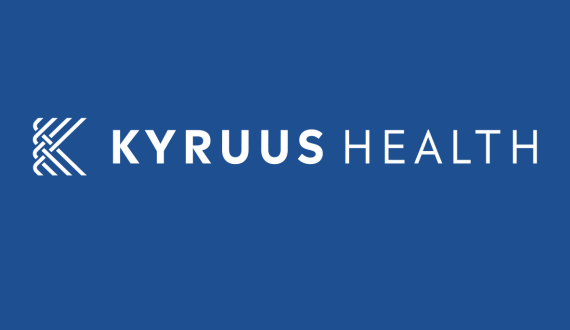How does the ADA apply to healthcare settings?
Share

When the Americans with Disabilities Act (ADA) was passed in 1990, Congress found that discrimination against individuals with disabilities persists in critical areas, including healthcare settings. Today, people with disabilities still face barriers.
The Department of Justice (DOJ) is committed to protecting the civil rights of individuals with disabilities. Recently, Assistant United States Attorney, Steven Gordon organized a meeting to provide information on the steps healthcare providers can take to comply with the ADA’s effective communication requirements, which require healthcare providers to ensure that communication with people with disabilities is as effective as communication with people without disabilities.
During the meeting, one participant shared, “I don’t want to feel like a burden. I just want to be just another patient.”
Complying with the ADA’s effective communication requirements includes ensuring digital communications are accessible. Numerous healthcare providers have already been investigated by the DOJ for failure to comply with the ADA’s effective communication requirements.
How does the ADA apply to communication in healthcare settings?
The ADA requires that healthcare providers ensure a patient can meaningfully understand and participate in the management of their health care. This means that if a patient has a disability, communication must be just as effective as it would be for someone without a disability. Failure to provide auxiliary aids or declining to treat someone because of that need is a violation of the ADA.
Communication in healthcare settings is high stakes. For example, providers could misunderstand a patient’s symptoms and give an inappropriate diagnosis or they could miscommunicate essential medical instructions, warnings or medication information to their patient. Informed consent is another important concern that requires effective communication. A satisfactory outcome does not preclude an effective communication claim under the ADA.
This Communication Request Form is a good example of how to put effective communication into practice.
What does effective communication look like?
The ADA regulations explain that public accommodations “should consult with individuals with disabilities whenever possible to determine the type of auxiliary aid needed to ensure effective communication, but the ultimate decision as to what measures to take rests with the public accommodation, provided that the method chosen results in effective communication” 28 C.F.R. § 36.303(c)(1)(ii).
An interpreter is usually necessary when discussing a patient’s symptoms, medical condition, medications, and medical history. There are many other kinds of auxiliary aids and services used by people with disabilities such as qualified readers, taped texts, audio recordings, braille materials and displays, screen reader software, magnification software, optical readers, secondary auditory programs (SAP), large print materials, and accessible electronic and information technology.
Ongoing staff training is critical, and an often overlooked component of success. Even with good policies in place, staff need to understand how to implement those policies. Many disability organizations can provide ADA trainings. It can also help to develop a process within the organization to handle ADA Accommodation requests. This should include the following: communication with individuals with disabilities to ascertain their needs and easy access to auxiliary aids, including sign language interpreters; ADA compliant architectural access and accessible examination equipment; proper documenting/charting when dealing with ADA issues; effective grievance procedures for ADA issues; and a procedure to assess and monitor ADA compliance.
How do patients receive test results? Is your healthcare portal accessible? Are documents posted on your healthcare portal accessible? “People with disabilities navigate the web in a variety of ways. People who are blind may use screen readers, which are devices that speak the text that appears on a screen. People who are deaf or hard of hearing may use captioning. And people whose disabilities affect their ability to grasp and use a mouse may use voice recognition software to control their computers and other devices with verbal commands.” Learn more about the DOJ’s guidance for how state and local governments and businesses open to the public can make sure that their websites are accessible to people with disabilities as required by the ADA.
If a patient requests that billing documents be provided in Braille, do you have a method to put the documents in that format? Are your billing documents in a format that works for screen readers? Do you have a process in place if an individual with a print disability requests billing documentation in an accessible format? These all need to be considered and staff should understand the policies put in place.
What is communication in healthcare settings like for someone with a disability?
Think about your last appointment at a doctor’s office and all the interactions involved: making an appointment on a web portal, checking in, completing personal paperwork, receiving test results and understanding medical costs.
Think about the highly sensitive interactions you’ll have: taking history, discussing symptoms, obtaining informed consent for treatments, and instructions for self care.
Imagine what it’s like to be unable to effectively communicate in these situations…
Here is just one example from “Erik” who is deaf and caregiver of two children: “Going into any type of healthcare facility, or seeing my primary care physician, they have never provided an interpreter… Last July I was very sick and had a high fever and was transported to an emergency room. As usual, I had to advocate for myself. They recommended that I use a video remote service. That didn’t work great, but was the only thing provided the entire time I was at the hospital… and how am I to know what’s going on with my children? Some things might be missed in translation. One time my son was admitted for surgery. I put in a request for a translator way ahead of time and the day of the surgery no interpreter was present. The doctor’s office requested that I bring a friend who knows sign language.”
If ADA compliance is so critical, why do some healthcare providers fail to meet requirements?
Lack of knowledge of ADA requirements, lack of a written ADA policy, and failure to provide appropriate training can cause healthcare providers to fail to meet the ADA’s requirements.
Common violations identified during investigations include: failure to provide sign language services for emergency medical care, failure to provide qualified interpreters, requesting that a patient bring someone with them to interpret, depending on staff members to facilitate communication for people with disabilities when they have knowledge of sign language but are not qualified interpreters, relying on family members or friends to facilitate communication, relying on lip-reading or written notes, denial of services because an individual requires sign language, forcing a patient to use a web portal that is not accessible, and failure to ensure effective communication with individuals requiring less commonly used auxiliary aids and services such as communication access real-time translation (CART).
How can you be proactive in ADA compliance?
Affirmative first steps include providing aids like qualified sign language interpreters, making certain that any websites or electronic systems are 100% accessible, and providing speech-to-speech transliterators. In order to ensure that your organization is complying with the ADA, you will need ongoing training systems and training for new employees.
Where can I find more information?
The Department of Justice issued helpful technical assistance publications that provide a plain language explanation of a healthcare provider’s legal obligations regarding the ADA’s effective communication provision:
- ADA Requirements: Effective Communication
- ADA Business BRIEF: Communicating with People Who Are Deaf or Hard of Hearing in Hospital Settings
- Guidance on Web Accessibility and the ADA
Additionally, the remedial provisions in ADA settlement agreements entered by healthcare providers provide a roadmap to steps that covered entities can take to comply with the ADA. E.g. Settlement Agreements with Goochland Powhatan Community Services, Brookside Rehabilitation & Nursing Center, Spotsylvania Regional Medical Center, Rite Aid Corporation and Lincare, Inc.
Get accessibility support
The idea of building an accessibility program that spans your organization may seem overwhelming. How do you set priorities, operationalize the program and plan for long-term success? Let us help! We can guide your initiative with high-level strategic consulting and an approach that’s rooted in our in-depth knowledge and extensive experience supporting healthcare organizations.
Partner with Perkins Access to address the immediate needs unique to your organization, while building your internal expertise and ingraining accessibility throughout your digital culture. We’ll create the roadmap for your organization and lead the implementation in a way that makes a meaningful impact and lays a foundation for future success. Contact us for a free consultation.




